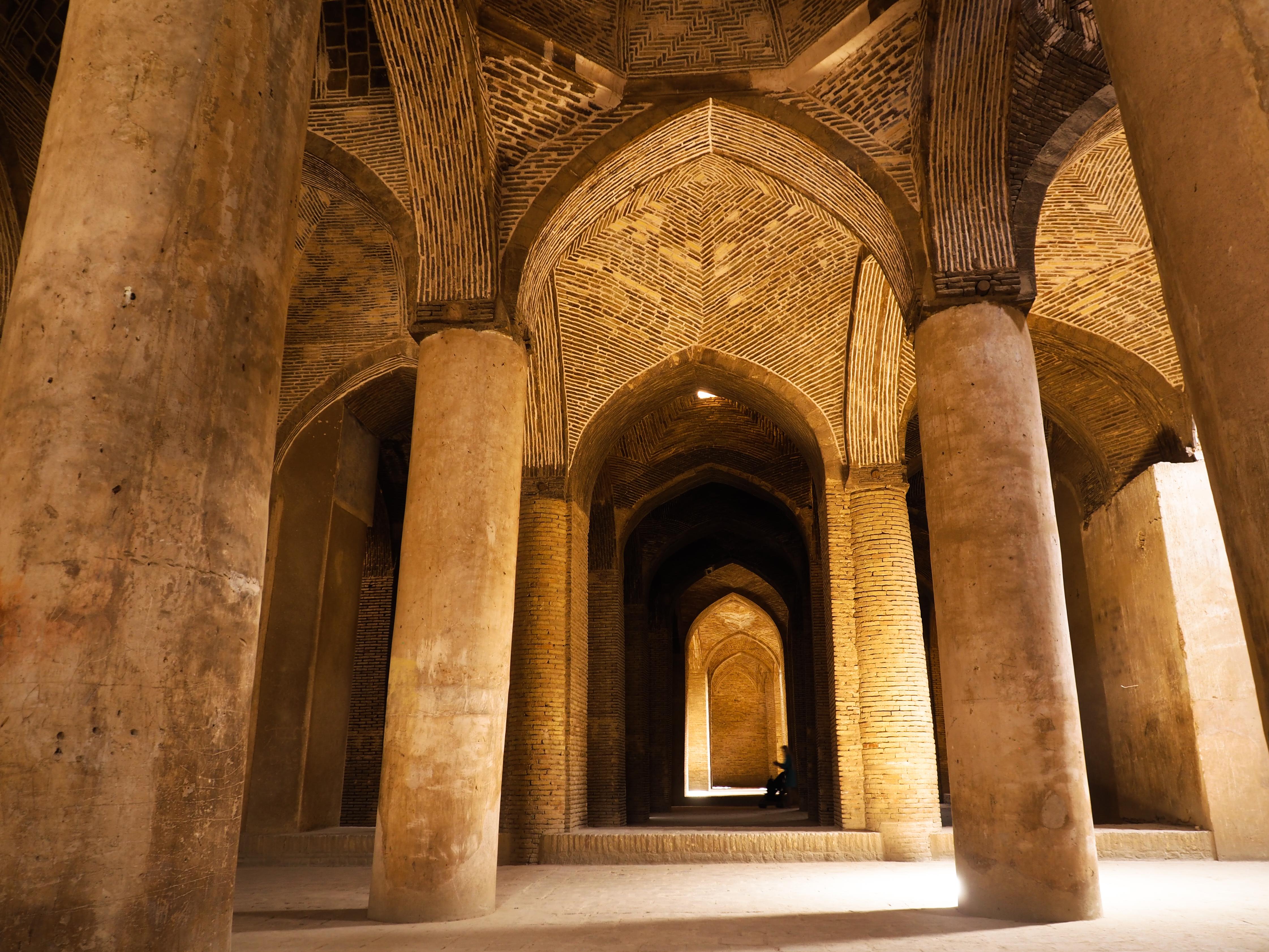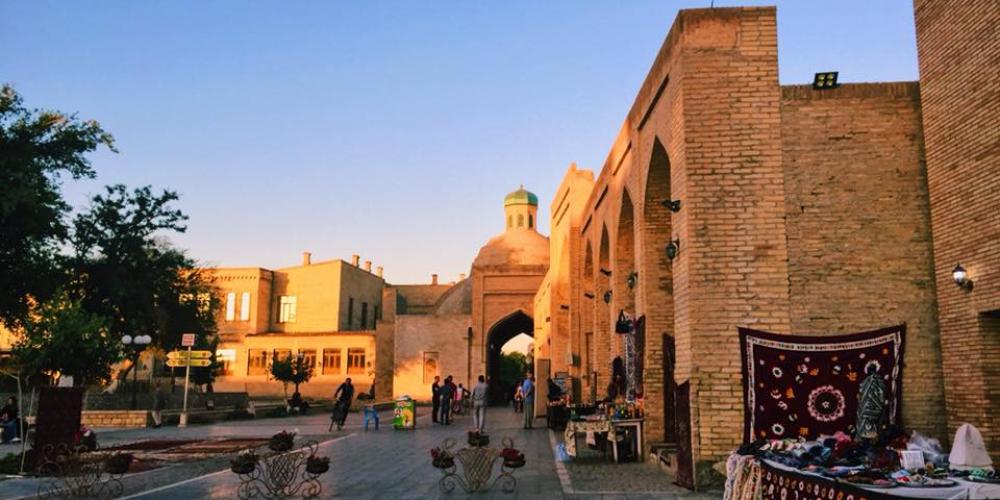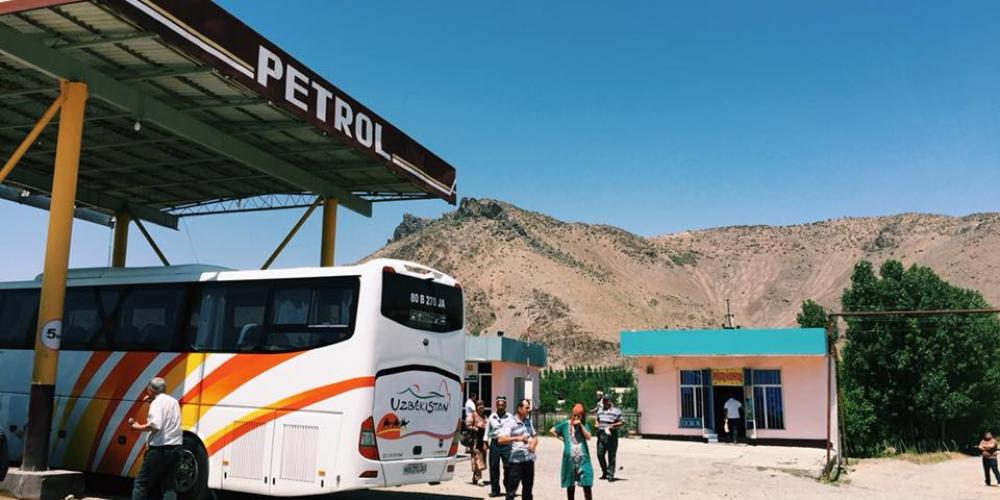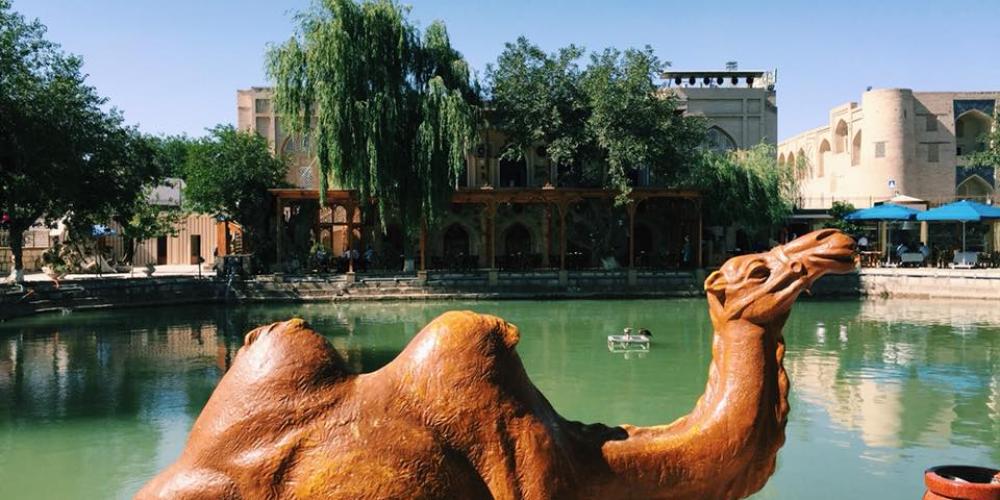Once Forbidden Lands of Central Asia and Iran: 20 day itinerary through Uzbekistan, Turkmenistan, and Iran


Days 1-3: Tashkent (Uzbekistan), Samarkand
The trip begins in Uzbekistan’s capital and largest city, Tashkent, where you’ll discover a mix of traditional and modern landmarks and visit a ceramics master in his studio. Then travel to blue-tiled Samarkand, the conqueror Tamerlane’s legendary capital, hailed by UNESCO as “the crossroad of cultures.” Touring includes stops at massive Bibi Khanum Mosque, gracefully proportioned Registan Square, and Ulug Bek Observatory, the site of crucial discoveries in 14th-century astronomy.

Days 4-7: Gijduvan, Bukhara, Khiva
Stop in the town of Gijduvan to tour one of Uzbekistan’s most renowned ceramics workshops. Then it’s on to Bukhara, Central Asia’s most ancient living city. The Old Town, a UNESCO World Heritage Site, encompasses more than 140 protected monuments, including the Lyabi-Hauz Plaza at the heart of the city and the Ark Citadel, Bukhara’s original fortress. Next, head northwest through the Kyzyl Kum Desert to Khiva, the last great oasis on the Silk Road’s northern caravan route. Wander through the winding alleys of the UNESCO-listed Old Town, filled with minarets, cobbled alleys, mosques, and Kunya Ark, once the residence of the ruling khans.

Cool off at the shady Lyabi-Hauz Plaza underneath the mulberry trees © Jennifer Lundt
Days 8-9: Dashoguz (Turkmenistan), Ashgabat, Nisa
Cross the border into Turkmenistan and take an hour-long flight from Dashoguz to the capital, Ashgabat, a city of flamboyant gilded architecture built in the aftermath of a devastating 1948 earthquake. A trip outside of town takes you to the ruins of the ancient city of Nisa, a UNESCO World Heritage Site that was once the center of the Parthian Kingdom, and to a horse farm dedicated to the Akhal-Tekke breed.

Days 10-13: Mashad (Iran), Tehran, Yazd
Upon entering Iran, the first stop is the city of Mashad, home to one of the country’s holiest Shi’ite shrines. The following day, take the hour-and-a-half flight to Tehran, the bustling capital, where you’ll get a window into Persian culture at Iran’s finest museums. Another short flight takes you to Yazd, a traditional center of Zoroastrianism. It’s a city of such beauty and cultural significance that UNESCO designates it a World Heritage Site in its entirety.

Days 14-15: Pasargadae, Shiraz
Departing from Yazd, stop at the ruins of the city of Pasargadae, founded by Cyrus the Great in the 6th century BC, and then arrive in Shiraz, one of Iran’s most beautiful and historically rich cities, renowned for its gorgeous gardens and intricate architecture. In the “City of Roses and Nightingales” you’ll explore a stunning, light-dappled mosque and people-watch at the shrine of a beloved poet.
Days 16-18: Persepolis, Isfahan
Proceed onwards to one of the world’s great ancient archaeological sites, Persepolis, the ceremonial city of the Achaemenid Empire. Then it’s on to one of Iran’s great living cities, Isfahan, where beautiful, historic public spaces buzz with activity. Stroll through the centerpiece, UNESCO-listed Naqsh-e Jahan Square, and explore the spectacular buildings that surround it—the Imam Mosque, the Sheikh Lotfollah Mosque, and the Ali-Qapu Palace. Other Isfahan attractions include the UNESCO-listed Friday Mosque, the elegant bridges over the Zayandeh River, and the Armenian and Jewish quarters.

Days 19-20: Kashan, Tehran
On the way back to Tehran, stop in the oasis city of Kashan, located on the edge of the Dasht-e Kavir salt desert. It’s famed for UNESCO-listed Bagh-e Fin, a spectacular Persian garden, and for its beautiful 19th-century merchants’ houses, some of which are now open to the public. Next, return to Tehran and visit the UNESCO-listed Golestan Palace, located in the heart of Tehran. After a night in Tehran, depart the following day.
This itinerary was developed as part of a capacity building initiative with MIR Corporation Tour Operator.





